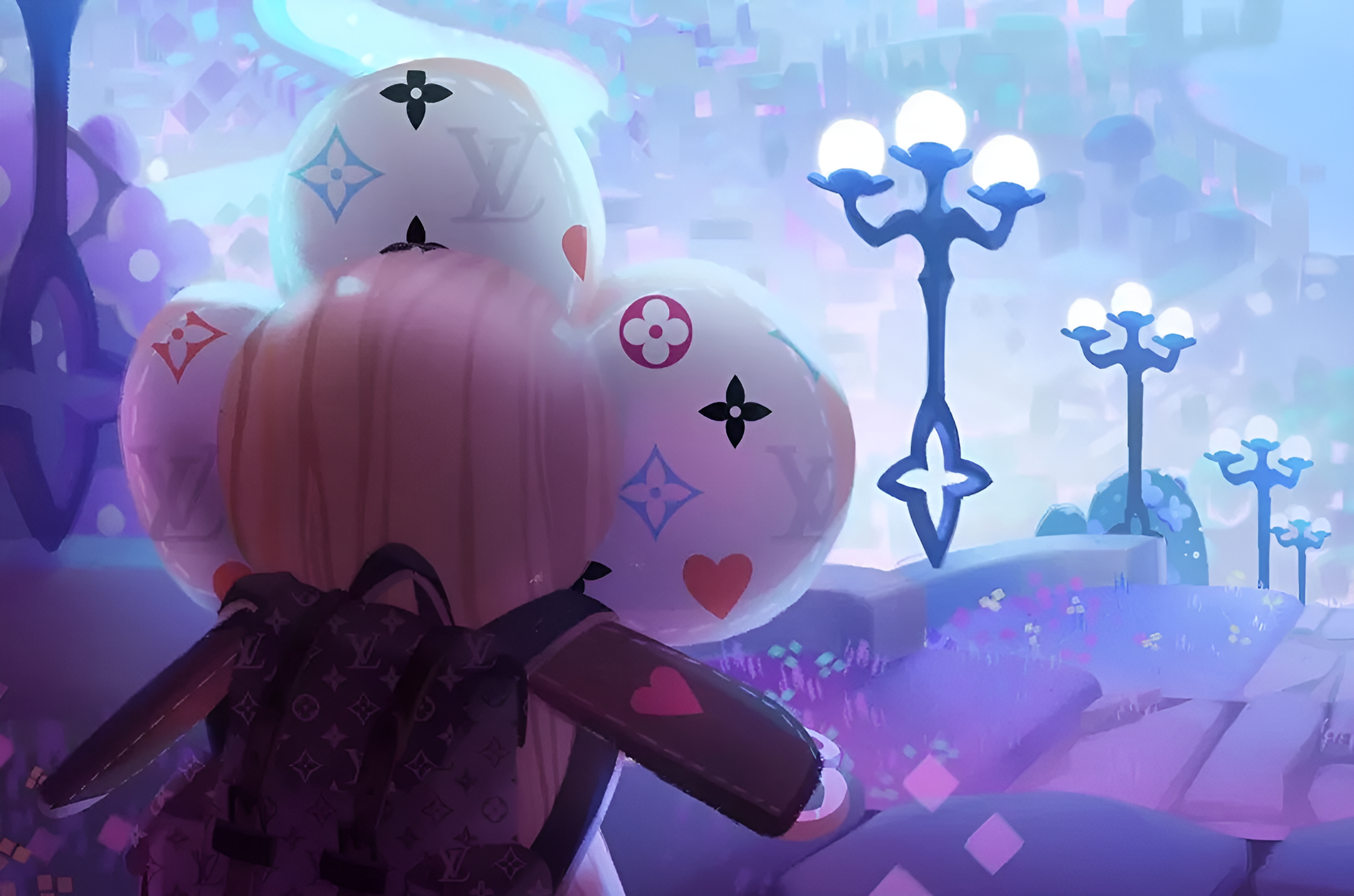Gamification in Marketing: Turning Clicks into Engagement with a Twist
Gamification is more than a buzzword; it’s a powerful strategy that transforms brand engagement. Imagine your audience not just browsing but actively interacting with your content and coming back for more. Gamification adds a layer of fun to marketing, which is a breath of fresh air for consumers constantly bombarded with ads. Let’s explore why gamification works and how you can roll out a game plan to turn casual visitors into loyal fans.
What Is Gamification?
Gamification involves adding game-like elements—rewards, challenges, points, leaderboards—to marketing efforts. The goal isn’t just fun; it’s to enhance the customer experience. People love rewards, achievements, and a bit of friendly competition, and gamification taps directly into this psychology.
Why Gamification Works
Gamification satisfies our craving for instant gratification. Earning a badge, a discount, or moving up a leaderboard feels rewarding, encouraging users to keep coming back. It fosters repeat engagement, as users return to see what new challenges or rewards await. Gamification also builds a sense of community; leaderboards and social sharing make users feel like they’re part of something bigger, fostering brand loyalty. Plus, every interaction tells a story, helping you gather valuable data on customer preferences and behaviors.
Gamification Tactics to Try
If you’re ready to gamify your marketing, these strategies are effective and easy to implement:
Rewards Programs: Think of Starbucks’ rewards app, where customers earn “stars” for every purchase, redeemable for discounts and freebies. You can offer points for actions like signing up for newsletters or sharing a post, allowing users to redeem them for discounts or exclusive products.
Interactive Quizzes and Surveys: People love quizzes that help them learn something about themselves. Brands like Sephora use quizzes to match users with personalized products. You could create a quiz around a trending topic related to your brand, offering a small incentive, like a discount code, for completion.
Challenges and Leaderboards: Competition is a strong motivator. Introducing a challenge—like a “30-day social media fitness challenge”—encourages repeat engagement. Leaderboards showing top contributors drive friendly competition and work well on social media where users love sharing progress.
Easter Eggs and Hidden Bonuses: Everyone loves surprises. Think of Google’s hidden dinosaur game. You could hide rewards on your website or app, giving a discount or freebie to visitors who find them. It’s a fun, unexpected way to create buzz.
Progress Bars and Badges: Progress bars and badges offer instant feedback and motivate users to complete actions. If you have a step-by-step process—like onboarding or a guided shopping experience—adding a progress bar keeps users engaged. A badge or checkmark for each milestone reached encourages them to stick around.
Gamification Pitfalls to Avoid
To keep users engaged, avoid overly complex rules or technical games that create a barrier. Gamification works best when users know there’s a real reward waiting—whether it’s entertainment, a sense of accomplishment, or something tangible. Finally, avoid making gamified elements feel too promotional. Gamification should enhance, not disrupt, the customer journey.
Ready, Set, Engage!
Gamification taps into basic human desires for achievement, competition, and fun, making it a strategy that can transform customer interactions. Whether it’s through rewards, quizzes, or well-placed Easter eggs, gamification can turn your marketing into a memorable experience. So, put on your game face, dive into gamification, and watch as your brand scores big in engagement and loyalty. Game on!

